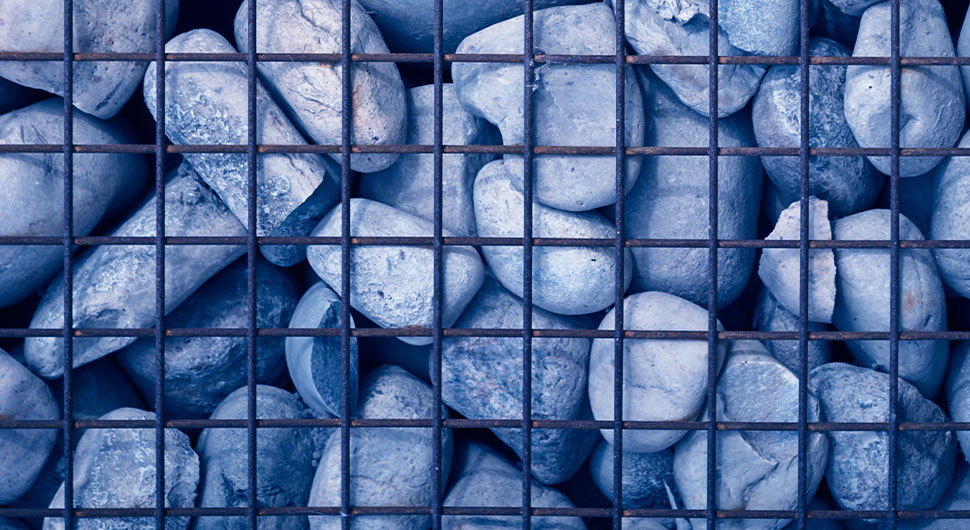In the spring of 2018, landslides and floods ripped through the Hawaiian island of Kauai. The damage to the historic Kuhio Highway would take months to repair—and at least $80 million. Crews are still working past their original October deadline. Welded stainless steel wire mesh is an important part of the rebuilding process. Workers are stabilizing hillsides with a combination of wire mesh and soil nails, as well as massive retaining walls at some sites.
The Kuhio Highway is among the many roads and highways that wire mesh can help protect from landslides. Landslides can involve a range of falling materials, including rock slides, earth flows, debris slides, and debris flows.
In the United States alone, landslides have many negative effects:
- Major storms spark landslides that wreak havoc in mountainous states, including Oregon, Washington state, Idaho, and Tennessee.
- Around 25 to 50 people die in landslides each year.
- During an average year, landslides cause $3.5 billion in damage.
Welded Wire Mesh Mitigates Risks
Rockfall barriers are made of high-quality steel, such as steel wire rope, ring net, and hexagonal mesh. Combined with other stabilization techniques like rock bolts and dowels, reinforced shotcrete, and trim and production blasting, wire mesh is among the materials civil engineers use to protect roadways from damage by falling debris.
Galvanized hex mesh netting is among the most common ways to secure slopes. Its average breaking strength is between 42 to 52 kg/mm.
Welded mesh was an integral part of a 2018 landslide mitigation effort in Minnesota. A landslide in St. Paul caused an estimated $1.1 million in damages to a busy roadway when approximately 400,000 pounds of soil and rock came tumbling down. Though rock slides occur sporadically in the area, the risk becomes increasingly higher in spring when ice melts and the rock becomes unstable.
The StarTribune reported, “After having an engineering firm study the slope, city officials decided to build a 12-foot-high retaining wall that will run about 250 feet along Wabasha Street. Crews are expected to have the welded mesh wall complete by early October.”
Gabion walls are wirework containers filled with broken concrete or rock. Thanks to their coarse cobble-size rockfill, they offer good drainage. They can be a part of biotechnical vegetation structures, which can blend into the environment.
Gabion walls can be combined with other rockfall countermeasures to stabilize a slope. For instance, the Peny-y-Clip tunnel on a North Wales, UK highway uses a mix of techniques to stop rocks from falling, including check fences, mass concrete retaining walls, and gabion walls.
TWP Inc. supplies wire mesh worldwide. Our company has been the go-to choice for high-quality mesh products and laser cutting services since 1969. Contact us today.


